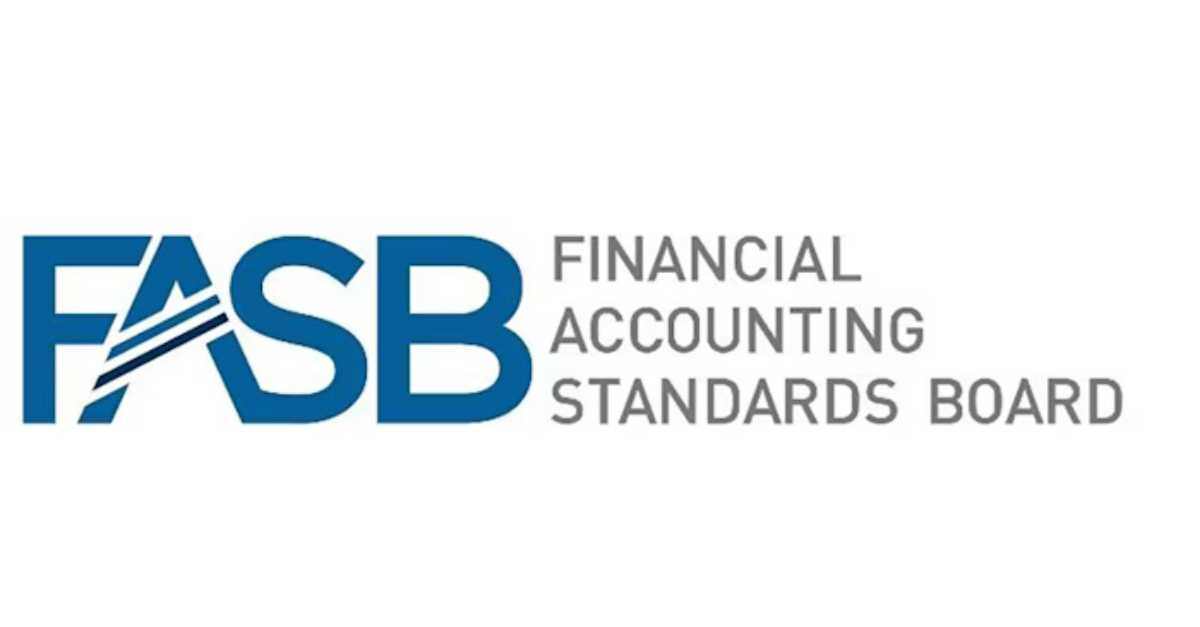
ASC 842 Private Company Adoption Delay: A Necessary Step
How will the ASC 842 private company adoption delay directly impact your business? Learn how to take advantage of this new opportunity to become ...
Solutions
Workplace Management Solutions
Real Estate Management Solutions
Maintenance Management Solutions
Energy Management Solutions
Engineering Document Management Solutions
Asset Management Solutions
Automate campus scheduling for classes, meetings, and exams with our EMS software.
Plan and manage conferences effortlessly with EMS software to impress guests and streamline operations.
Boost workplace flexibility and maximize space use with seamless desk and room booking.
Organize workplace or campus events smoothly, creating memorable experiences.
Optimize workspace, manage allocations efficiently, and reduce costs with our space management solutions.
Deliver projects on time and within budget by improving communication, collaboration, and efficiency with our software.
Streamline lease accounting for ASC 842, IFRS, and GASB compliance.
Manage leases efficiently by tracking key dates, analyzing costs, and ensuring compliance.
Centralize data and analytics for better insights, faster negotiations, and revenue growth.
Centralize facility and asset maintenance, automate work orders, and ensure compliance with our CMMS software.
Extend asset life, reduce downtime, and prevent costly repairs with data-driven monitoring.
Prevent equipment failures and extend asset life by detecting and addressing issues early.
Make sustainable, cost-efficient energy decisions by monitoring and optimizing power consumption.
Remotely monitor and control equipment with real-time data to predict issues, boost efficiency, and reduce downtime.
Easily share and collaborate on documents, creating a single source of truth for engineers and contractors.
Manage and analyze assets across their lifecycle to schedule maintenance, reduce downtime, and extend lifespan.
Improve visibility, automate work orders, and ensure compliance for efficient facility and asset management.
Resources
Browse our full library of resources all in one place, including webinars, whitepapers, podcast episodes, and more.
Support
Looking for access to technical support, best practices, helpful videos, or training tools? You’ve come to the right place.
About Accruent
Get the latest information on Accruent, our solutions, events, and the company at large.

Complex calculations. Audit trails. Reporting needs. Find out why spreadsheets aren't built to handle lease accounting requirements — and what solutions are.
Accounting and finance professionals have many concerns when it comes to the financial reporting requirements for FASB/IASB that affect both public companies and private companies. Most of these concerns are made worse by the three biggest downfalls of using spreadsheets for lease accounting compliance. Any Excel template for lease accounting tends to lack the following:
Spreadsheets are typically not the best choice when it comes to handling complex, critical calculations and functions necessary for FASB, IASB and GASB compliance. An ASC 842 Excel template is a stopgap at best. Although both large and small organizations have been known to use them, they are something that should only be used on an interim basis.
Spreadsheets can be copied, unlocked, duplicated, or deleted too easily. Additionally, the amount of time-consuming, manual input required to maintain spreadsheets in programs such as Microsoft Excel introduces human error and risk. Your organization should ensure the solution can lock an entry, detect potential duplicates, and perform complex calculations.
One of the major aspects of the updated reporting standards are audit trails.
Spreadsheets lack a cell-by-cell history. For example, a user opens a spreadsheet in a shared drive and inputs a dollar amount incorrectly (the decimal is in the wrong place). Unfortunately, that cell feeds a calculation, which will now be incorrect. The owner of the spreadsheet has no idea what cell was changed, who made the change, and when the change was made. The solution of choice for your organization must have a clear audit trail, allowing auditors to see detailed information about specific changes.
Spreadsheets lack reporting engines that enable consistent, repeatable reporting alongside query-based analysis. They also require users to aggregate cells -- either in or across tabs -- and understand how to modify numerous formulas when columns or tabs are added.
Further, inflexibilities in spreadsheets and their struggle to accommodate ASC 842 nuances simultaneously -- varied calendars (12- or 13-month periods), portfolio level segregations, Foreign Exchange (FX), dual FASB/IASB reporting, etc. -- all lead to reporting risks and irregularities.
To receive an auditor's "Opinion on the Financial Statements" and achieve compliance, having a quality and flexible reporting system is critical. While auditors will check the underlying lease level calculations required under the new ASC 842 accounting standards, individual leases are not presented. Therefore, without being able to summarize and present information in the required manner for inclusion into financial statements, it is like not having a system at all. Spreadsheets, despite their ease of use, are ultimately neither a system nor a permanent solution for gaining and maintaining ASC 842 compliance.
Unlike any internal policy or procedure update, the changing FASB/IASB lease accounting standards require a more robust and proficient software solution than a spreadsheet program. These standards call for unwavering control and accountability.
So, when it comes to ensuring all your real estate and equipment leases are compliant with the lease accounting standards, do you default to the familiar spreadsheet program with its known downfalls, or do you make the move to a third-party verified, built-for-compliance lease accounting software solution?
Let us help you ease into the changes and get compliant as early as possible with real, proven accounting software. Contact us today!
How will the ASC 842 private company adoption delay directly impact your business? Learn how to take advantage of this new opportunity to become ...
Learn the basics of lease accounting and types of leases, why lease accounting is important, and how FASB and IFRS standards have changed.
GASB 87 Implementation Guide Information On This Page: What is GASB 87 When Does GASB 87 Need to Be Implemented? Implementation Guide: How Can ...
Subscribe to stay up to date with our latest news, resources and best practices